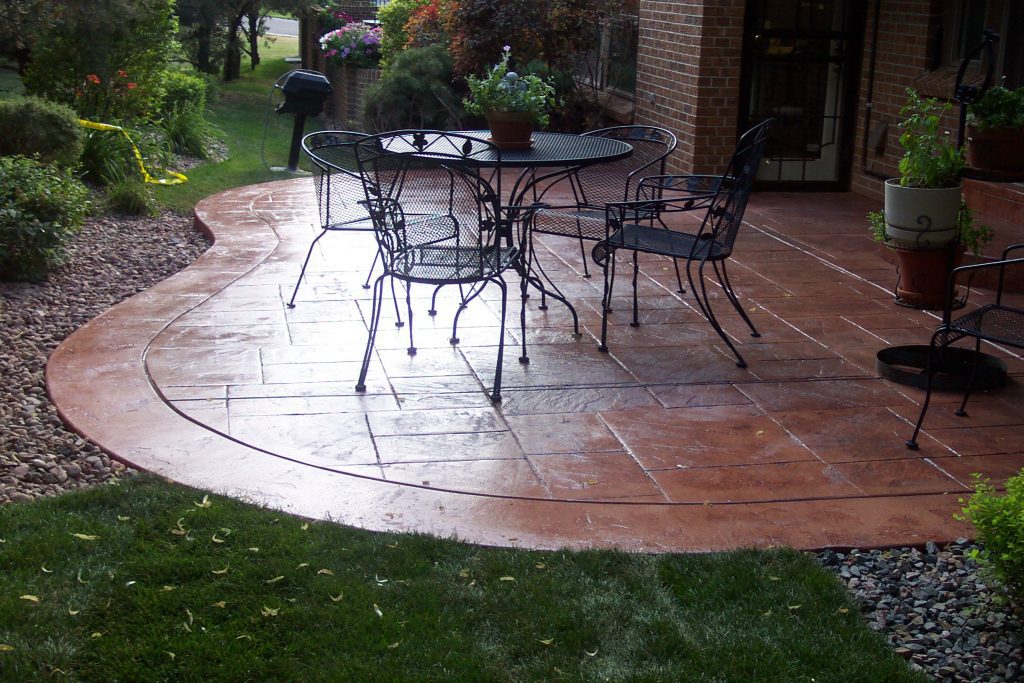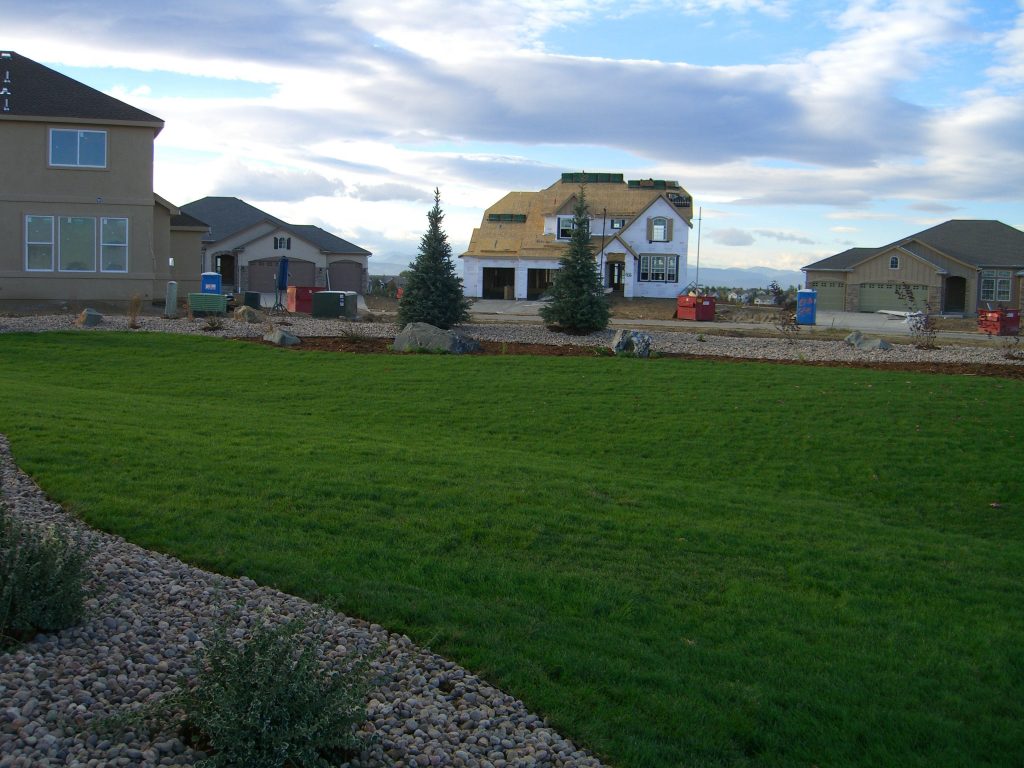Landscape Architect: What You Need to Know
Landscape architects are the people responsible for designing and implementing outdoor spaces that blend seamlessly with indoor environments. Landscape architect is responsible for the design of outdoor spaces. They work with clients to create landscapes that are both beautiful and functional. Typical services offered by landscape architects include site planning, design, construction documentation, and contract administration.
A degree from a four-year professional program accredited by the American Society of Landscape Architects will qualify candidates for licensure in most states; however some states require a bachelor’s degree or its equivalent in order to qualify for licensure. Prospective students should also be aware that licensing requirements vary by state.

Landscape architects typically offer the following services:
- Site analysis and selection
- Master planning
- Programming
- Design development
- Construction documentation (including construction specifications and bidding)
- Construction administration
- Post-occupancy evaluation
Clients of landscape architects can be public (federal, state, and local government agencies, school districts, and colleges and universities) or private (developers, corporations, and homeowners). No matter the size or scope of the project, all clients can expect a landscape architect to provide expertise in land use planning, site design, and environmental stewardship.
When working on a project, landscape architects often collaborate with other professionals including:
- Architects
- Civil engineers
- Mechanical engineers
- Environmental scientists
- Urban planners
- Interior designers
- Geographers
- Arborists
- Soil scientists
- Botanists


Landscape architects typically have a four year degree from an accredited college or university, and many states require licensure in order to practice. In order to become licensed, landscape architects must pass the Landscape Architect Registration Examination (LARE). The LARE is administered by the Council of Landscape Architectural Registration Boards (CLARB) and is comprised of seven sections: site design, construction documentation and observation, project management, planting design, Grading and drainage, structural design, and water supply and quality control.
They are uniquely positioned to address many of the 21st century’s most pressing issues including climate change, water shortages, food security, and sustainable development. With their knowledge of land use planning and environmental stewardship, landscape architects are key players in creating resilient communities that can withstand the challenges of a changing world.
